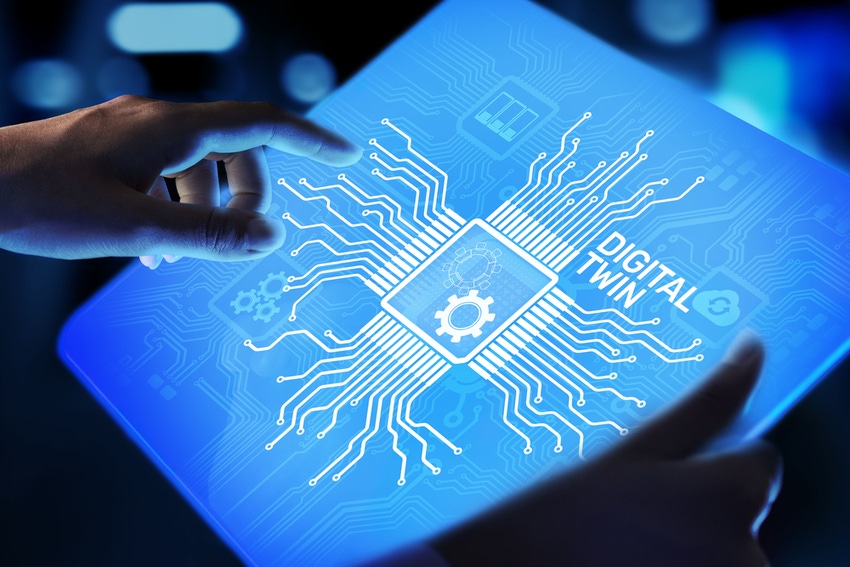Content Spotlight
Podcast: MilliporeSigma says education vital to creating unbreakable chain for sustainability
MilliporeSigma discusses the importance of people, education, and the benefits of embracing discomfort to bolster sustainability efforts.

Advanced therapy manufacturing is still in its infancy says JIB’s Parviz Shamlou, who looks to digital processes and advanced AI to improve production going forward.
Legacy biopharmaceuticals such as proteins and monoclonal antibodies are well-proven and relatively easy to scale-up. A single batch from a 20,000 L bioreactor, for example, will provide sufficient drug product to treat thousands of patients.
However, cell and gene therapies represent a very different model, says Parviz Shamlou, executive director at the Jefferson Institute for Bioprocessing (JIB).

Image: DepositPhotos/
WrightStudio
“In 2022, there were 27 approved CGTs. Presently, six FDA approved CAR-T cell therapies are available for treatment of different cancers. These CAR-T therapies are patient specific, meaning the drug product manufacturing process has to be executed at a one-patient scale making it very inefficient from a production point of view.”
Furthermore, while a highly optimized cell line is used for the production of antibodies, “in CAR-T therapy each patient requires a new cell line – a patient’s own cells. This autologous, patient specific cell-based, process introduces significant uncertainties into the manufacturing process leading to unpredictable outcome.”
After telling us about the investment side of the industry, this second interview ahead of a keynote panel on advanced in therapies at CPHI North America this week, sees Shamlou explain how the highly manual and time intensive manufacturing process will lead to a paradigm shift in the sector.
PS: Manufacturing for CGTs is still very much in its infancy and is going through the same developmental pathway that monoclonal antibodies did nearly 40 years ago. Some of the key areas that need significant further development include automation and control, development of platform-based, rather than molecule specific-based manufacturing processes.
We also need robust analytical methods and techniques as well as harmonization of regulatory pathways to commercialization. So we have a long way to go and manufacturing will be degrees of magnitude more efficient in the future – hopefully of course we can also bring costs down.
PS: Allogenic cell therapy is definitely the future but presently therapies are largely based on autologous cells.
The availability of a universal chimeric antigen receptor (CAR) expressing T cells, in which universal CAR-T cells are engineered out of third-party healthy donors will change the cell therapy landscape. Capacity at the early phase development level in particular is a big issue.
The challenge is that most traditional CDMOs find it hard to respond rapidly to the needs of researchers and start-ups for access to clinical and commercial manufacturing space for autologous cell therapy products.
That is one the main reasons why many universities with strong medical schools are choosing to build their own cGMP capability to support their internal research pipeline in CGTs with supply of clinical grade material for early phase clinical studies. And to that end, Thomas Jefferson University (TJU) is building additional capability at JIB to support internal research in CGTs.
PS: Digitalization will revolutionize future biomanufacturing in ways that are still pretty hard to imagine today
At JIB, for example, we are using computational fluid dynamics (CFD) to understand and simulate the complex flow environment in a bioreactor. CFD simulations are used to fully describe the physics of microscale flow around the cells in the bioreactor. The next generation simulations will combine the CFD generated hydrodynamics around individual cells with the biology of cell growth and product expression to accurately simulate the performance of the bioreactor in real time.
That is what I would call a ‘digital twin’ of a bioreactor, and I anticipate that a truly digital twin of the bioreactor may be available within the next decade. Using these digital twins as powerful tools to understand the impact of bioreactor operation on product critical quality attributes (CQAs) will be a major achievement for future bioprocess scientists and engineers. Now imagine having a digital twin of every unit operation in the manufacturing process and imagine integrating them together to create a complete digital twin of the entire manufacturing process.
We are truly inventing the future of biomanufacturing with digital biomanufacturing using advanced AI and other technologies of the future.
CPHI North America, April 25-27 at Pennsylvania Convention Center in Philadelphia, will welcome thousands of attendees from over 80 countries alongside a who’s who of advanced therapy manufacturers.
You May Also Like